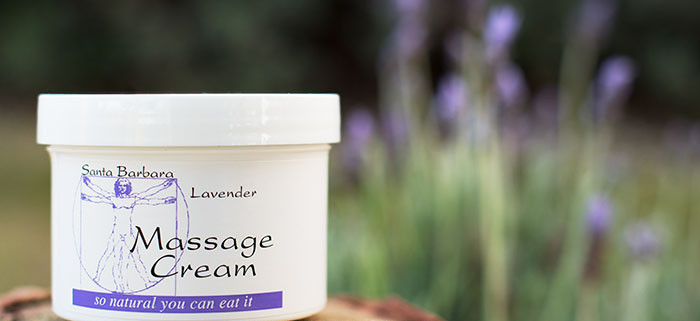Aromatherapy Massage and Inhalation on Pain and Anxiety in Burn Patients
Burn patients make up 5% of hospital intakes, with over one million burn patients in the U.S. alone. In many developing countries, burn injuries are an increasing risk. Treatment for burns can be very painful, such as dressing and re-dressing wounds. In addition, scars left after treatment can affect the patient’s physical, social, and emotional health. Researchers Seyyed-Rasooli et al. (2016) wanted to investigate alternative therapy for burn patients in Iran, specifically through the use of aromatherapy. The researchers explain that many burn patients are treated with tranquilizers, which reduce pain and anxiety, but are expensive, slow, and addictive. Instead, the researchers set after relieving pain and anxiety through aromatherapy, with lavender and rose essential oils.
The researchers describe lavender as both calming and antiseptic, an aroma that is widely known and used. While lavender has many benefits, it is not best for everyone. Women who are pregnant or anyone suffering from certain allergies should avoid lavender. The researchers also chose rose because it has chemicals that can alleviate anxiety, depression, tension, and headaches.
Seyyed-Rasooli et al. conducted a single-blind clinical trial with a randomized sample. The sample consisted of 90 women who had burns covering less than 20% of their bodies. From these 90 women, 3 groups were established: a control group who received standard treatment in the hospital, an inhalation aromatherapy group who inhaled essential oils, and an aromatherapy massage group. The 90 women were randomly assigned to a group with each group consisting of 30 women.
The intervention occurred only once for a 30-minute duration. Women in the massage group were brought to an isolated room, away from any noise and interruptions. The massage group received treatment with a blend of lavender and almond oil. Researchers massaged the women’s backs, which included: back surface stroking, back deep stroking, effleurage, re-effleurage, back deep stroking, then back surface stroking. Each segment lasted for five minutes.
Women in the inhalation group were also brought to an isolated room. The researchers applied lavender and rose oils to cotton, which was placed near the patient’s nose for a total of 30 minutes. For both massage and inhalation group, scores for pain and anxiety were re-tested 10 minutes after the intervention.
Women in the inhalation group had the largest decrease in anxiety, although the massage group was only shortly behind. For pain, the massage group reported the highest decrease, nearly double the decrease of the inhalation group. Nevertheless, both aromatherapy massage and inhalation had positive effects on pain and anxiety for the burn patients.
With these results, the researchers argue that aromatherapy inhalation is best for the treatment of anxiety, especially because the patient can perform the treatment alone. The researchers continue to explain that aromatherapy massage would be best in the treatment of pain, as the treatment can reduce pain signals from sensory nerves and increase the release of endorphins.
The researchers do acknowledge that the study was only conducted on female patients, and that further research should include men. However, it is important to note that the study is not without flaws. Perhaps most glaring of them all is that the researchers used a different blend of essential oils when treating the two different groups, which may have had an effect on the outcome of the results. That is, the essential oils used may have had more of a significant effect on pain and anxiety than the researchers anticipated. Considering the researchers did not investigate the effects of almond oil, it seems strange that this was substituted for the rose oil in the massage group.
Regardless of this inconsistency, this study provides light on the impact that alternative therapies can provide patients. While standard care certainly does aid patients in many different areas of medical treatment, alternative therapies such as massage and essential oil inhalation can surely assist such treatments further.
References
Seyyed-Rasooli, A., Salehi, F., Mohammadpoorasl, A., Goljaryan, S., Seyyedi, Z., & Thomson, B. (2016, June). Comparing the effects of aromatherapy massage and inhalation aromatherapy on anxiety and pain in burn patients: A single-blind randomized clinical trial. Burns. doi:10.1016/j.burns.2016.06.014



Follow Us!